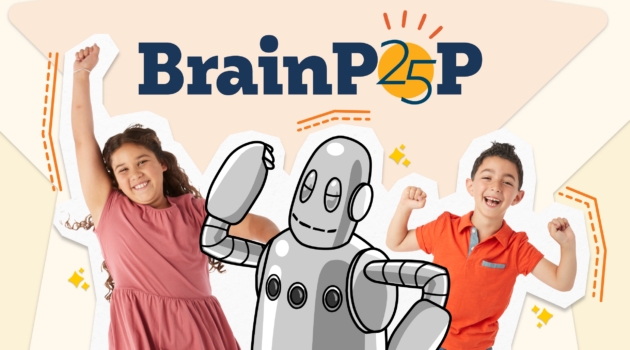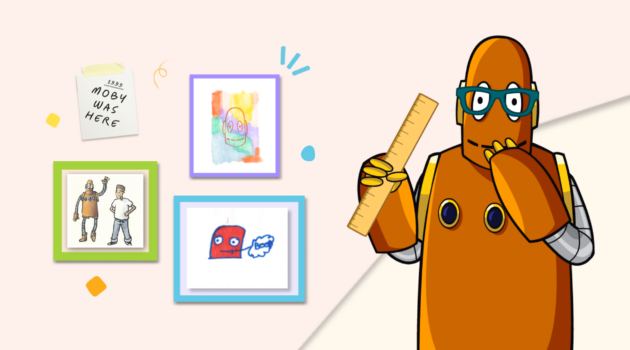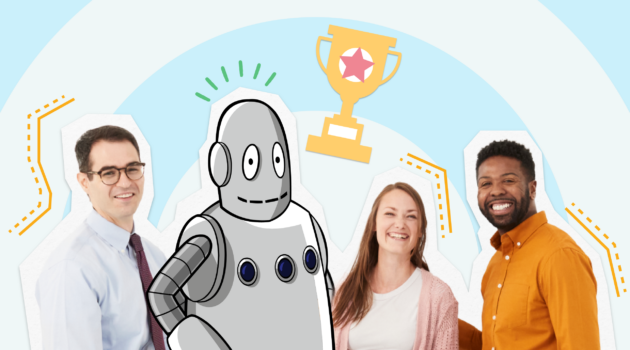Teacher Stories
Educator Perspectives: Empowering Teachers to Support Learner Diversity

Ilana Garon is a writer, editor, and educator who has taught English (and sometimes math, in emergencies) in New York City, Nashville, and Kansas City. She is the author of “Why Do Only White People Get Abducted by Aliens?”: Teaching Lessons from the Bronx (Skyhorse, 2013). Ilana is a military spouse currently stationed in Washington, DC with her family.
When I taught high school English language arts in New York City, two of my five teaching assignments each semester were “inclusion” classes, where students with an individualized education program (IEP) learned alongside their general education peers. These blended classes were co-taught by a content area specialist—that was my role—alongside a certified special education teacher.
Individual student abilities and learning needs varied widely. Some required physical support (for instance, a student who was hard of hearing, or who had a seizure disorder), and others required academic support (for example, a student reading and writing at a level far below their grade). General education students had unique academic and behavioral needs and challenges, too.
The lack of common planning time between co-teachers, large class sizes, and broad range of student needs led to mixed outcomes. It was a challenging situation for everyone, and my fellow educators and I often felt overwhelmed and frustrated.
So I was intrigued to have the opportunity to connect with two educators at The Children’s Center for Communication/Beverly School for the Deaf (CCCBSD) in Beverly, Massachusetts. Founded in 1876, the school used to exclusively serve children who were deaf or hard of hearing, but now supports students between the ages of two and 22 with a range of academic and therapeutic needs. Though their school is unique in many ways, some of the perspectives and practices both educators shared may be helpful to administrators and teachers seeking to more effectively support and engage students with varied learning needs.
Get Everyone on the Same Page
“In my experience, having worked in a public school setting with a student that was part of an inclusion class, it is extremely important that teachers share their goals for each student, as well as data and anecdotal observations that may help that student,” says Janice Coughlin, who today serves as a STEAM instructor at CCCBSD. “What works in one subject or classroom may be different in another.”
Coughlin and her colleague, Dana Peterson—who has taught kindergarten through 11th grade at CCCBSD, and previously worked as a special education teacher in a preschool inclusion program—are both quick to point out that the secret to the team’s success is tight communication and collaboration.
“Everyone on staff understands the needs of our students and what goes into adapting instruction to meet a variety of needs,” Coughlin adds. “I am always amazed by the congruence between teachers, specialists, administrators, and therapists.”
…the secret to the team’s success is tight communication and collaboration.
Implement a Top-Down Approach that Lifts Everyone Up
Both educators agree that administrators play a vital role in empowering teachers to support learner diversity. School leaders can do their part by designing thoughtful, scalable educational strategies, and giving teachers and specialists opportunities to forge relationships and share learnings.
Coughlin says it comes down to more creative management. “Time should be allotted for brainstorming, team meetings, sharing success stories, asking questions, and perhaps allowing teachers to observe other classrooms or share recorded lessons as examples for internal training,” Coughlin says. She also suggests inviting teachers to collaborate on project-based learning activities “that incorporate different teaching styles—to make sure individual students feel supported in that inclusive environment.”
Create Space for Student Choice
CCCBSD implements a Universal Design for Learning (UDL) framework, a flexible instructional approach that offers students multiple learning pathways. “Every student is given equitable access to academics and their environment–highlighting their strengths and focusing on increasing independence,” Coughlin says.
In my experience, too, UDL was an especially impactful approach for inclusion classes. When I taught literature, I offered students four project options: artistic, creative writing, analytical, and history- or civics-related. Students of every skill level were more invested in projects that played to their interests and strengths, and these multiple entry points to our material sometimes yielded incredible learning artifacts.
When administrators create conditions that allow for innovative, responsive, and student-centered instruction, everybody wins.
Make Connections with Technology
Some of the best experiences—true “eureka” moments that left students and teachers elated—happened when Coughlin, Peterson, and their peers found innovative and unusual ways to use technology in the classroom. Technology enables teachers to facilitate individualized, student-centered instruction. “It is important to have a solid list of resources so that each student has access to the lesson in the best way possible,” Coughlin explains.
They’ve had particular success with BrainPOP movies. Both Peterson and Coughlin recounted times that nonverbal students laughed at nuances such as sarcasm or observational humor. The movies also helped them make connections to material from their courses. On one occasion, students watched the Water Cycle movie, which discusses solids, liquids, and gasses. At the end of week, one nonverbal student—whom Coughlin previously worried was not retaining the information—turned to her as it started to rain and said, “liquid!”
Another memorable experience occurred while using BrainPOP’s concept mapping tool with a student on the autism spectrum. According to Coughlin, he “spent a lot of time in his head.” In a moment of inspiration, she suggested they create a concept map together to help him express and organize his thoughts.
“He was calm afterwards,” Coughlin recalls.
The Takeaway
Coughlin and Peterson’s successes offer some ideas for how students who struggle in school—for any number of reasons—might be motivated and energized when their strengths are leveraged, interests engaged, and learning needs met.
These educators’ experiences also highlight the importance of teachers feeling supported by administrators, and having common planning time to cook up novel approaches to student engagement, with the freedom and flexibility to try outside-the-box strategies. When administrators create conditions that allow for innovative, responsive, and student-centered instruction, everybody wins.






